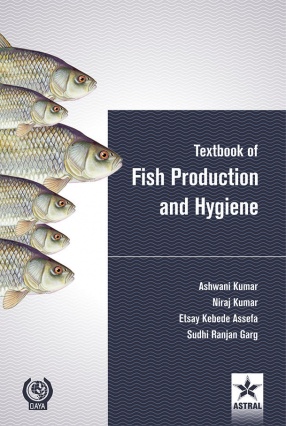
Sudhi Ranjan Garg

Showing all 8 books
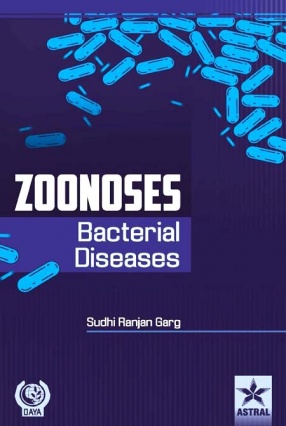

This book deals with all major aspects including establishment of a new fish farm, its management, good practices, and ideal conditions for optimum production of fish. Important infectious and non-infectious diseases of fish have been amply elaborated along with methods of their diagnosis, prevention and control. Great emphasis has been given to the hygienic aspects in fish production and quality assurance of fish as food. The diseases transmissible to consumers ...

Viral zoonoses include a number of severe diseases that cause encephalitic or haemorrhagic manifestations in human beings. Arthropod vectors play important role in dissemination of many such infections. Rickettsiae, which phylogenetically occupy a position between bacteria and viruses, comprise another important group of zoonotic organisms. These are responsible for a diverse variety of vector-borne diseases.
The present book “ Zoonoses: Viral, Rickettsial ...
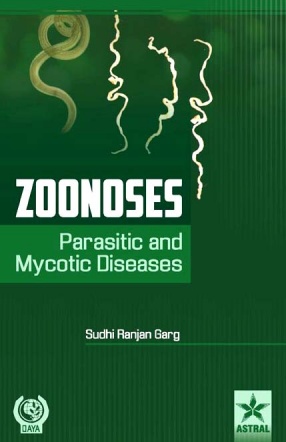
Zoonotic diseases include a vast variety of infections that can be transmitted from vertebrate animals to human beings and vice versa directly or through vectors, water, food, or environmental sources. Parasites and mycotic agents constitute a large group of such pathogens that affect millions of people worldwide. Due to their ubiquitous nature, these pose a serious threat to public health, particularly in the developing countries because of inadequate public ...

Developing Countries including India are the hotspots of zoonotic diseases but developed nations including USA, UK, Australia and others too face a continuous threat from many emerging and re-emerging zoonoses. Predicting and controlling diseases at the human-animal interface is thus a huge challenge world over.
The present book " Zoonoses: Bacterial Diseases" present the general aspects of zoonotic diseases and detailed description of major bacterial ...
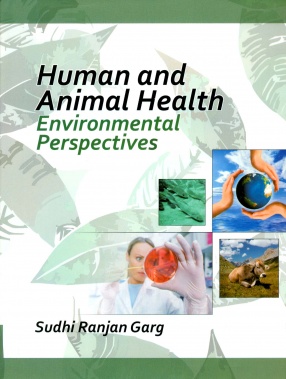
Rapid growth of population is putting excessive strain on natural resources while the technological advances are causing unprecedented release of xenobiotics in the environment. Intensive agricultural and animal husbandry practices also make significant contribution to the pollution, jeopardizing the safety of environmental resources and the food chain. The natural ecosystem is becoming hostile day by day and man animals are confronted with similar types of ...
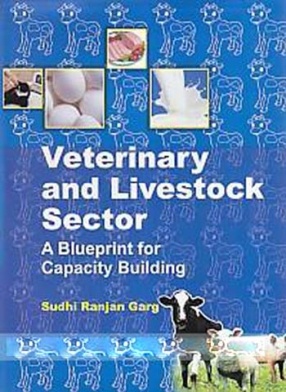
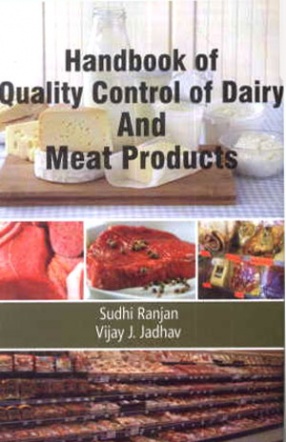
With the consumers becoming more and more demanding on food quality and safety the food industry has to build up its capacity to meet the national and international regulatory requirements. The quality of food has to be continuously monitored and improved not for the consumers safety alone but also to face the tough competition in global trade. As rigorous inspection of food samples and food establishments by the regulatory agencies is indispensable it is ...
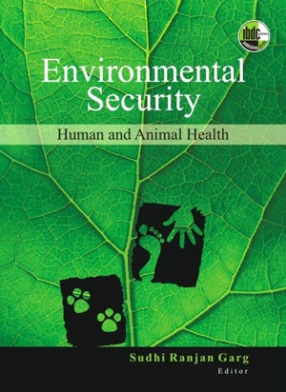
Thinking outside the box is paramount to focus clearly on the risks and challenges brought about by the human-animal-environment interactions. Forging collaborations between physicians, veterinarians and other scientists is essential to achieve health targets, as environmental health is not a domain restricted to a single discipline. The ‘One Health’ concept has been gaining momentum now to enhance such cooperation and collaborations to promote and ...
